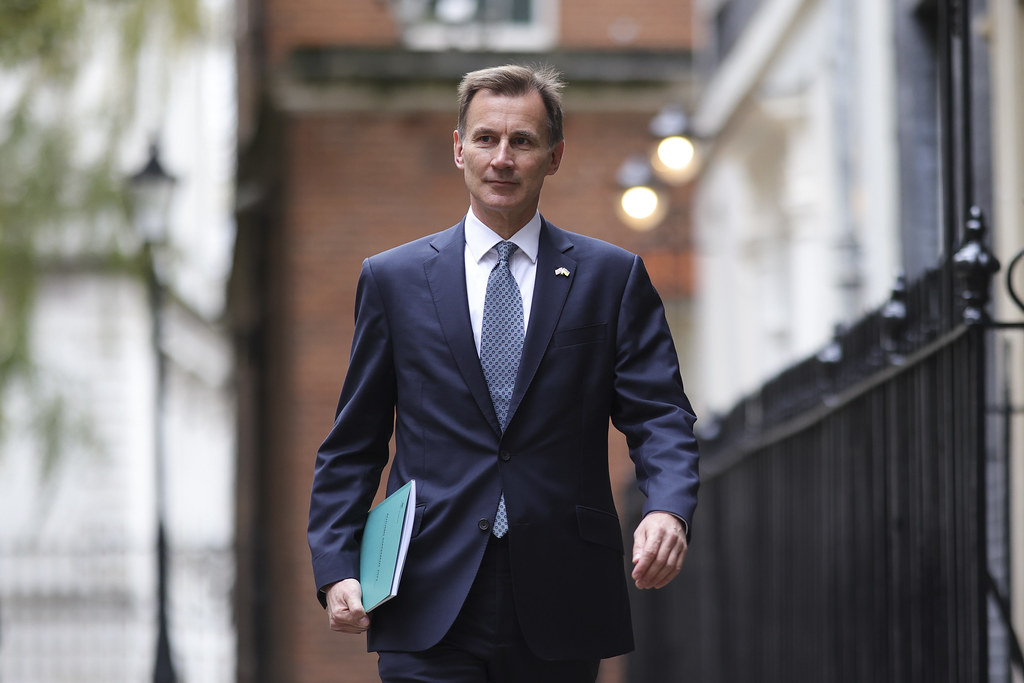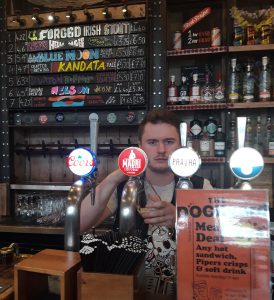
In his autumn statement, Chancellor Jeremy Hunt has increased the National Living Wage from £10.42 to £11.44 per hour from April next year.
Hunt also announced the rate will now apply to 21- and 22-year-olds, having only previously being applicable for workers over 23.
It means a full-time worker aged 23 on minimum wage would receive a wage rise worth £1,800 a year.

Some in industry are concerned that the increase in worker’s wages will place a burden on retail and hospitality businesses due to increased labour costs.
There has been speculation that the increased pressure on businesses may increase unemployment.
These higher costs can also pass onto consumers as higher labour costs which may have to be covered by higher prices.
Josh Norris, who is management in ‘Dockyard Pub’ in Media City, says that higher labour costs means “prices will probably have to be increased again, put up drinks by 50p or whatever.”

Norris detailed how they were forced to put up prices after lockdown and because of that, and increased competition, “business has slowed.”
Seven Brothers, also in MediaCity, is not yet sure whether it will have to increase prices but admits business is also slow.
Norris said “not much can be done” to improve business. The 26-year-old bemoaned: “I’m management and I’m barely above minimum wage.”
The decision to increase the national living wage has been made to improve the standard of living for minimum-wage workers amid the rise in the cost of living.

Salford City Council, in August, committed more than £3 million to provide essential support to residents, families and young people facing challenges with the rising cost of living.
City Mayor Paul Dennett, at the time of the commitment, said: “It’s absolutely tragic that we’re having to use a one-off refund of £3.203 million from the Greater Manchester Waste Levy. This funding should form part of the grant we receive from central government.”
Salford is ranked 24th (out of 316) for the most income-deprived local authority, as shown in figures from the Office for National Statistics. Sixty four of Salford’s 150 neighbourhoods are among the 20 per cent most income-deprived in England.
Well done everyone who has worked tirelessly over years to finally get government to see sense & lift the Local Housing Allowance to cover the bottom third of local rents.✊🏻
Shocking it hasn’t been introduced immediately, given the housing & homelessness crisis we’re facing!😡 https://t.co/iygmyOmcLl
— SalfordMayor (@salford_mayor) November 22, 2023














Recent Comments